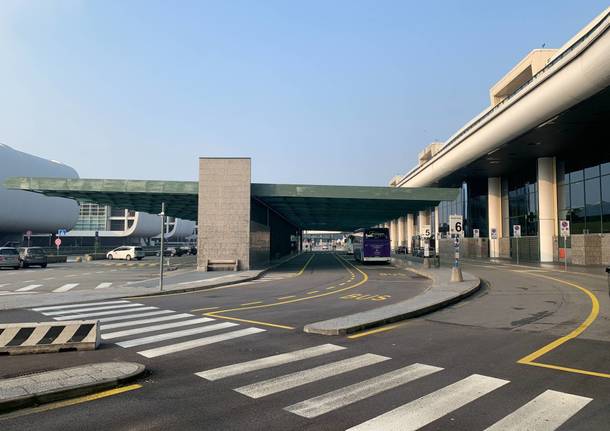<!– –>
At Malpensa you can hear the music, in the background, on the sidewalks at the entrance.
Where normally there are horns, cars accelerating, the voices of passengers and the noise of take-offs can be heard today just the music, the somewhat anonymous one that comes out of the speakers and acts as a background.
It is the seventh day from the entry into force of the new Dpcm, which resulted in the further reduction of domestic flights. And it’s the first day that Terminal 1 (the only active one) is reduced to only one “satellite” out of three.
Inside the Departures area, the spaces are delimited by the shutters lowered to close the areas no longer in use, defined by a specific provision of the civil aviation authority, Enac.
Self-certifications are checked at the few entry gates: if last Friday there were some queues, today everything runs smoothly. Minimum flows. “It makes a certain impression to arrive here and find everything empty,” admits a couple leaving in the afternoon. The shops inside are all closed: employees on layoffs, even if not always with the advance from the companies.
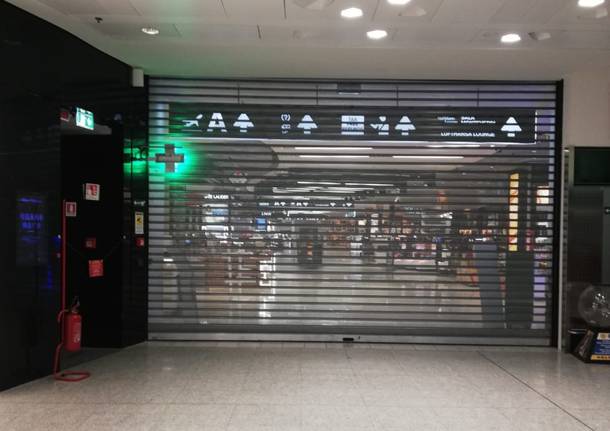 –
–
It is in the immense voids of an airport (the salons, the deserted dependent parking lots) that we see how gigantic the economic effort is – and will be also to support the work: many companies are anticipating the cash desk, jumping through hoops, starting with the airport manager. Others have left employees at the mercy of the state’s times (which are also highly variable).
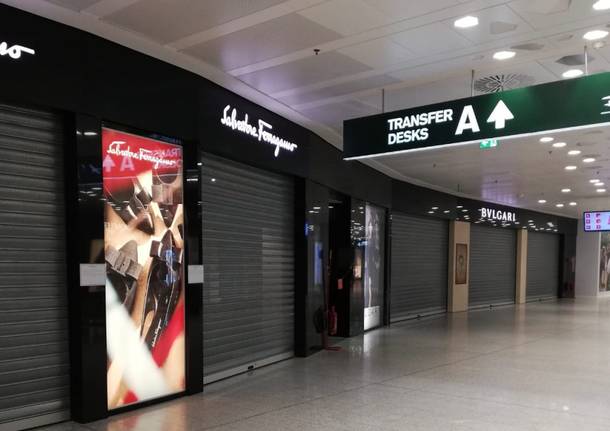 –
–
On the outside a light fog – actually rare at Malpensa, despite the common belief among the Milanese – it limits the view on the square, from which the tail rudders of a dozen Easyjet and Wizzair Airbuses emerge. From the top of a service walkway, in the silence, you can even hear the doors slam of the cars of the (few) employees arriving for the afternoon shift.
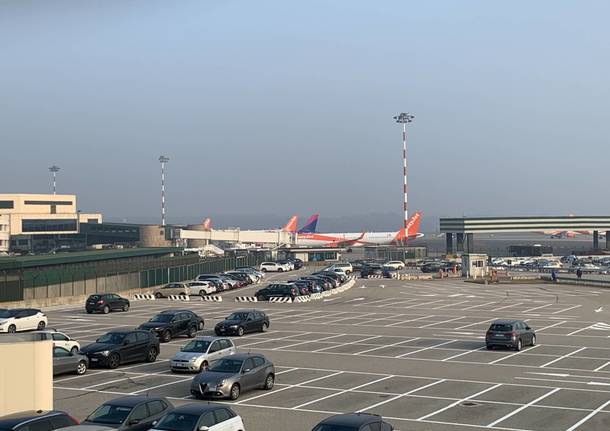 –
–
On the Arrivals level the access lanes are almost deserted, there are waiting two buses and a long line of taxis. And right here you will find a few more voices: “Yesterday I did not load anyone and I know that even today I will leave without even a customer” explains a Milanese taxi driver. The right to wait in line is ten hours: “Go ahead, there are those of 6 [del mattino, ndr], they leave at 16».
The crowd is a little thicker, all obviously well equipped with a mask (on the Departures floor there is only one entrance, Door 5, supervised by a carabiniere). “But rather than staying in Milan where everything is at a standstill, I come here,” explains another driver. “In the city it does not load and at Linate there are even fewer flights”.
Throughout the day on Wednesday sees 17 flights to Linate and 32 to Malpensa, very few, numbers that would justify maintaining only Malpensa (the only one from which the largest planes can depart).
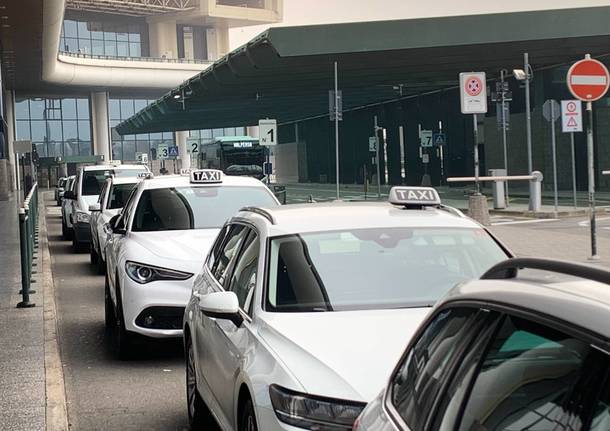 –
–
“I haven’t loaded anyone for days now,” says a taxi driver from the province of Varese. «If you manage to load a customer, you did it anyway, but you can’t even manage it anymore. I come here just not to stay at home ».
And it is the taxi drivers (category without social safety nets, forced to this surreal service) who take a clearer look at what is lived here, on the peculiarity of the airport: «Outside, however, people go to work, I met traffic. Ma when you get here it’s all still “. Outside, no, but at Malpensa it’s like March, it’s like the first lockdown: this is the real specificity, which is not grasped until you are at the exit of the highway.
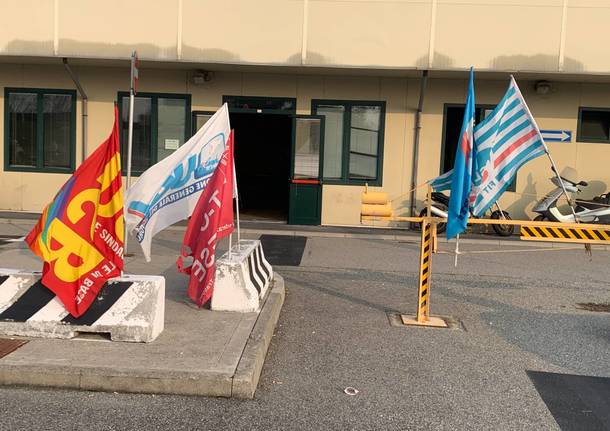 – The “trade union building” near the control tower
– The “trade union building” near the control tower
It’s 3.10 pm, at 4 pm the “6 o’clock” taxi drivers have to leave. «Please, write that there is also the problem of squatters foreigners who load their compatriots »says the taxi driver from Varese. «You know, in moments of fat cows we would even pass over them a little, but now…». There is a roar, the take off of an Emirates flight bound for Dubai, one of the very few long-haul flights.
Thirty seconds later silence returns. The music remains in the background, on the almost deserted sidewalks.
<!– –>
–
